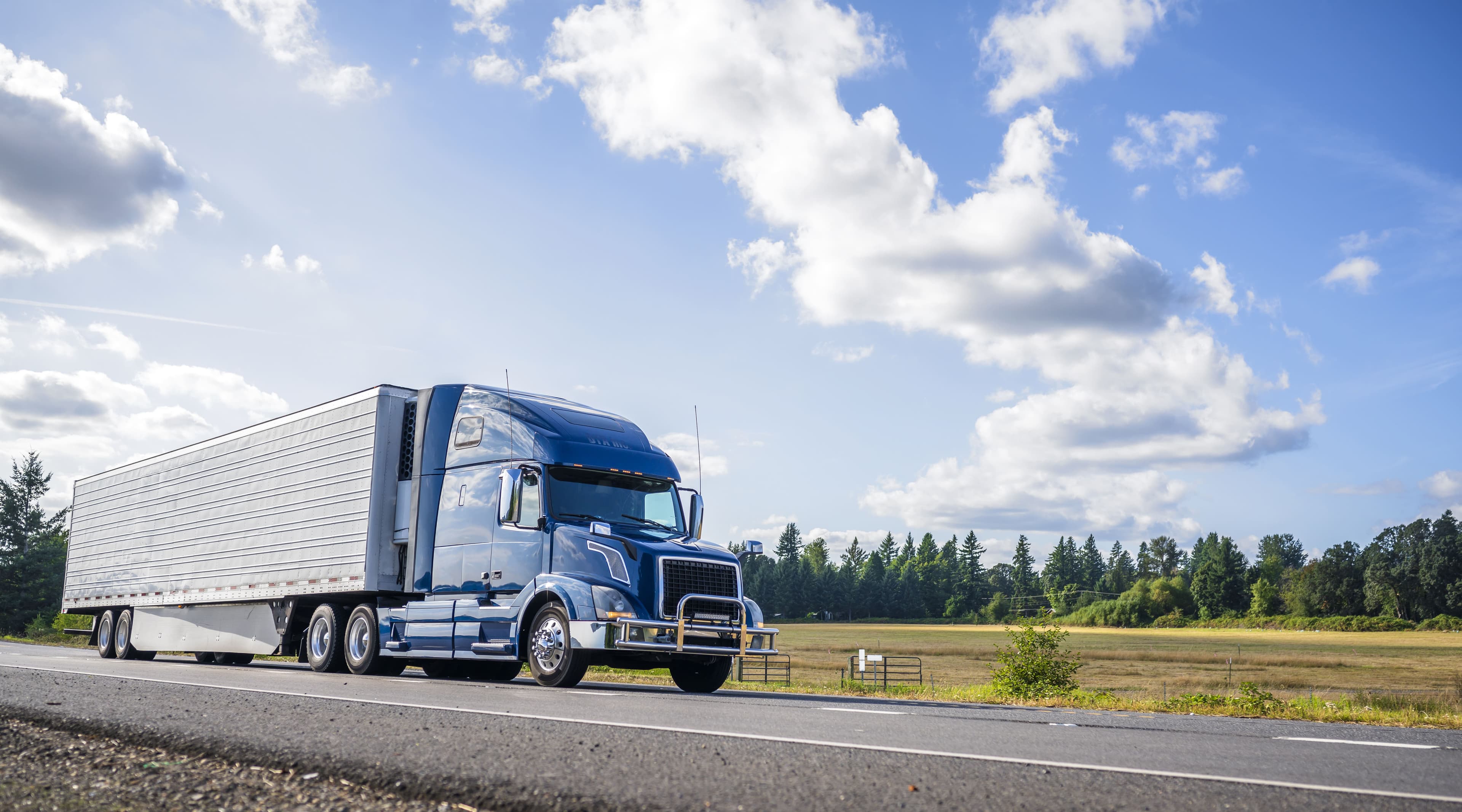Understand the Benefits and Differences of CNG and RNG

Trending
Top Posts
Transportation Strategy
What is a Transportation Management System?
4 min read
March 27, 2025
Market Events
A Comprehensive Guide to Federal Policy Updates and Their Impacts on the Transportation Industry
10 min read
March 26, 2025
Market Events
Diesel Fuel Price Trends to Watch for the Remainder of 2025
5 min read
March 25, 2025

5 min read
May 25, 2022

Share:
Sustainable operations are more important than ever. But understanding the challenges and addressing them are two different stories. Many organizations struggle to translate lofty goals and good intentions into concrete plans of action.
If that sounds like your company, don’t panic. You may not realize it, but in the fight for sustainable operations, you already have a secret weapon: your transportation team.
From truckload to rail, transportation releases the largest quantity of scope 3 greenhouse gas (GHG) emissions stemming from indirect activities both upstream and downstream from a reporting company’s operations. This scope of emissions also contributes to atmospheric pollution.
This represents an enormous opportunity. If you empower your transportation team to create a framework for reducing scope 3 transportation emissions, they can pave the way to a more sustainable future for your company.
Scope 3 emissions make up 80-90% of shippers’ total emissions. Ten percent of these emissions come from the transportation sector, which is also the largest contributor to CO2 emissions of any sector in the U.S. Similarly, scope 3 emissions play a major role in an organization’s carbon footprint, so efforts to improve transportation sustainability can go a long way toward reducing the industry’s overall carbon footprint.
When it comes to scope 3 emissions, transportation industry leaders have an opportunity to create meaningful change. But laying the groundwork for a more sustainable future extends beyond environmental responsibility. Sustainable transportation and supply chain management also create competitive advantage by positioning your organization as a change agent for sustainability.
Admittedly, the prospect of reducing scope 3 emissions can seem daunting. Since these emissions fall outside the company’s direct control, they can be hard to manage, let alone reduce. And how do you turn lofty sustainability goals — like reaching net-zero carbon — into actionable steps? In reality, many business leaders struggle to translate big-picture sustainability goals to real change.
But with the right data and strategy, reducing scope 3 emissions is just as accessible as reducing scope 1 and 2 emissions. There are tangible, actionable improvements you can make within your organization that not only reduce scope 3 emissions, but also your overall carbon footprint. Tracking transportation data and the associated scope 3 emissions enables you to reduce emissions and track your progress toward corporate sustainability goals. But first, you need to build a framework that fuels action.
When you sign a climate pledge or promise customers you will operate sustainably, actions speak louder than words. Before you can make real improvements in sustainability, you and your transportation team need to lay the groundwork by distilling high-level goals into succinct, actionable steps. There is no silver bullet for reducing scope 3 emissions, but there are several things you can do to take your first steps toward more sustainable operations.
Achieving sustainability goals requires a team approach. Offer opportunities for individual decision-making outside the C-suite and your incremental steps will result in significant positive change toward a more environmentally friendly future.
At the end of the day, transportation teams will be your experts on executing initiatives that lead to scope 3 transportation emissions reduction. But if you feel overwhelmed or you still aren’t sure where to get started — don’t be afraid to tap external expertise.
Schedule a demo of CleanMile today to create an actionable roadmap to sustainability that is unique to your organization and its goals.

4 min read
March 27, 2025
Discover how a TMS streamlines planning, execution, and logistics with real-time visibility, automation, and data-driven insights to optimize freight moves.
Read more
10 min read
March 26, 2025
Stay informed of the latest federal transportation policy changes to help you adapt, manage risks, and seize new opportunities in the dynamic landscape.
Read more
5 min read
March 25, 2025
Explore diesel fuel price trends, including the impact of oversupply, OPEC+ decisions, and geopolitical factors. Discover strategies to adapt to the energy market.
Read more